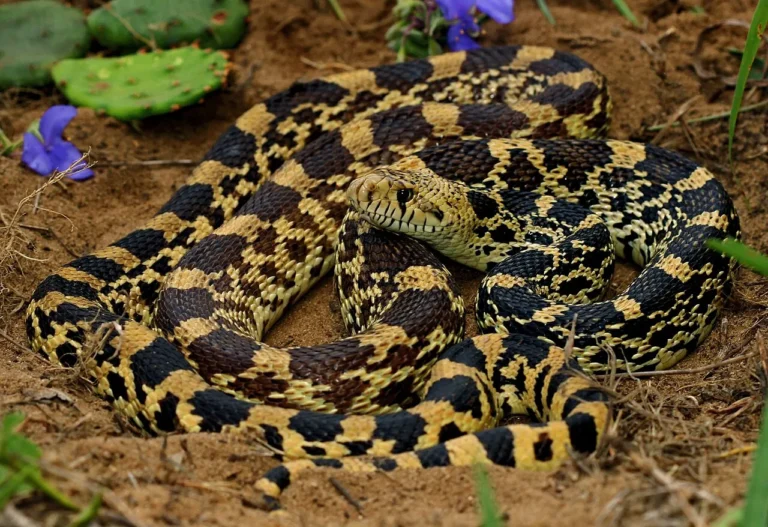Cat Vs Dog Paw Print, Personality, Overall Comparison
Comparing the dynamics between cats and dogs unveils contrasting characteristics in terms of independence, affection, maintenance requirements, and overall behavior. While cats are generally more independent, requiring less maintenance and exhibiting tidier habits, dogs tend to be more affectionate, intelligent, and social. In a hypothetical confrontation, the outcome between a cat and a dog depends on factors such as breed, size, and sex. While dogs may grow larger and stronger, the agility and defensive capabilities of cats can lead to significant challenges for the canine opponent.
Cat vs Dog Fight Prediction, Similarities and Differences: Navigating Canine-Feline Contrasts
I. Independence and Affection:
– Cats are generally more independent and less affectionate than dogs. While cats may show affection on their terms, dogs tend to seek more consistent attention and display greater attachment to their owners.
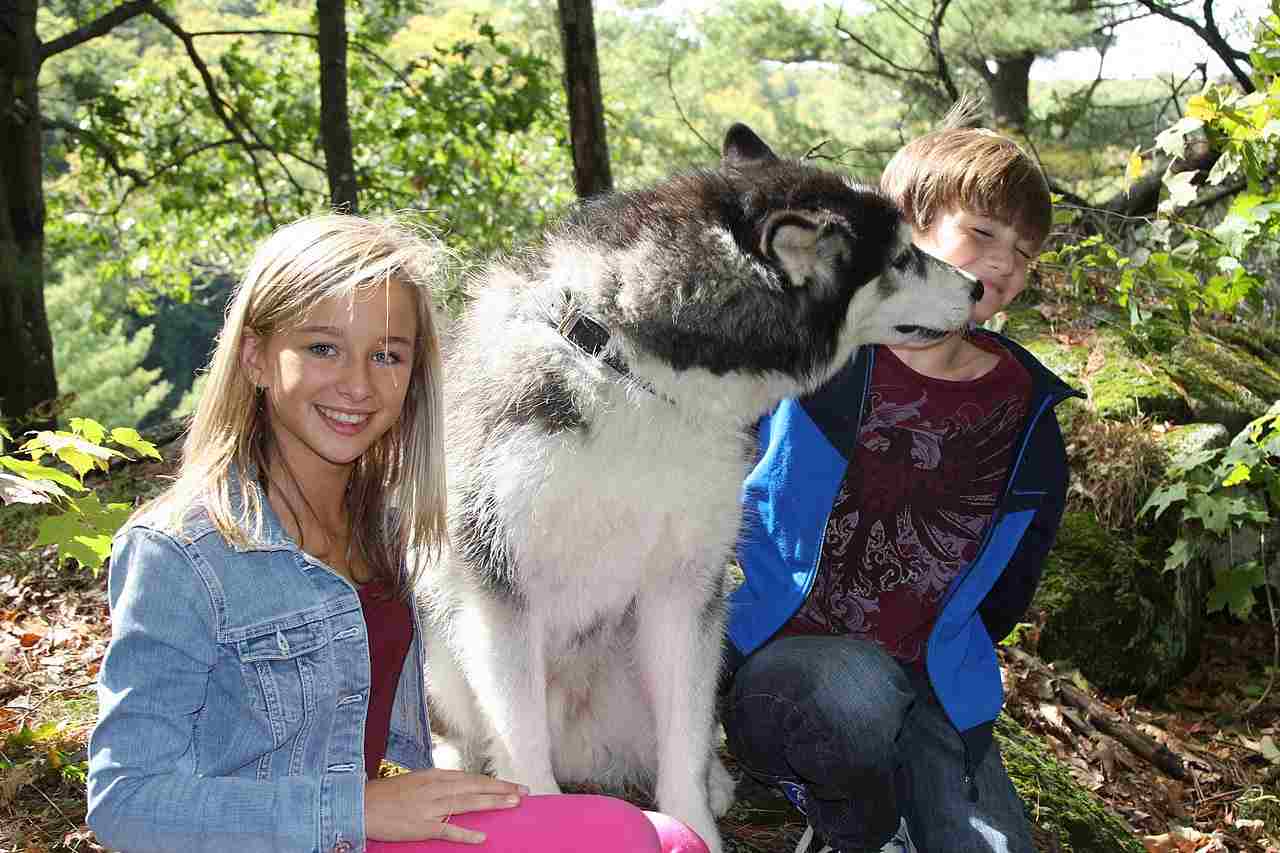
II. Maintenance Requirements:
– Cats require less maintenance compared to dogs. Their self-grooming habits contribute to a tidier living environment, and they are generally more self-sufficient in terms of hygiene.
III. Intelligence and Social Behavior:
– Dogs are often considered more intelligent, especially in social circumstances. Their ability to learn commands, engage in complex tasks, and form strong social bonds with humans distinguishes them in the realm of intelligence compared to cats.
IV. Confrontation Outcome:
– The outcome of a hypothetical confrontation between a cat and a dog depends on factors such as breed, size, and sex. Dogs tend to grow larger, stronger, and more aggressive than domestic cats. However, the agility, sharp claws, and teeth of cats can inflict severe injury on dogs.
V. Defensive Capabilities:
– Cats, being more agile, possess notable defensive capabilities. Their ability to climb, scratch, and deliver swift blows with their claws and teeth can serve as effective means of defense in confrontations with dogs.
VI. Real-Life Considerations:
– Real-life confrontations between domestic cats and dogs are generally infrequent due to differences in territorial behaviors and living conditions. Responsible pet ownership involves creating environments that minimize the potential for confrontations.
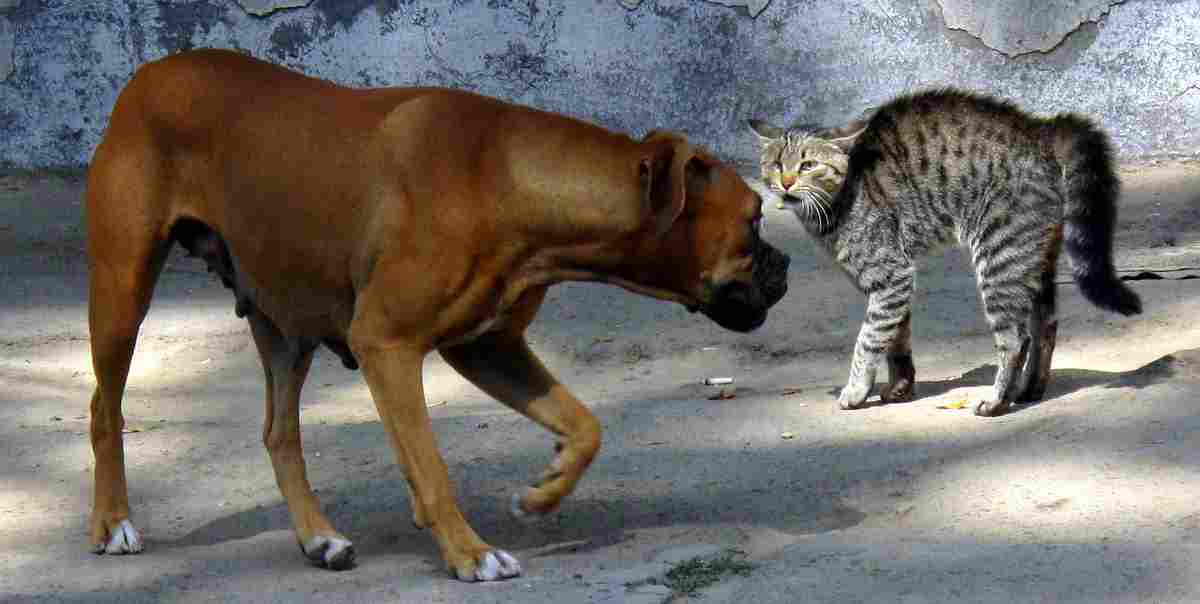
VII. Appreciating Canine-Feline Diversity:
– Understanding the diverse traits and behaviors of both cats and dogs contributes to fostering harmonious relationships within households. Each species brings unique qualities, and appreciating their differences enhances the companionship experience for pet owners.
*Details of Comparison
| Criteria | Cat | Dog |
| Taxonomy | Felidae, Felis, Various species |
Canidae, Canis, Various species
|
| Appearance | Sleek, diverse coat patterns |
Broad range of body shapes and sizes
|
| Size | Compact size range |
Wide spectrum from tiny to giant breeds
|
| Weight | More consistent weight range |
Varied weights influenced by breed and size
|
| Bite Force (PSI) | Moderate bite force |
Higher potential for powerful bites, especially in larger breeds
|
| Physical Offensive Advantages | Agility and precision |
Diverse offensive strategies
|
| Physical Defensive Advantages | Evasion and agility |
Mix of defensive strategies
|
| Speed (Km/hour or Mile/hour) | Impressive bursts of speed |
Varied, with certain breeds known for sustained high speeds
|
| Agility | Renowned for unparalleled agility |
Diverse, influenced by breed and historical roles
|
| Cat Vs Dog Vision | Excellent night vision; limited color vision |
Dichromatic vision, better motion detection
|
| Cat Vs Dog Hearing | Highly sensitive hearing, ear movements for pinpointing sounds |
Superior hearing, certain breeds use it for tracking
|
| Cat Vs Dog Sense of Smell | Keen sense of smell, used for detecting pheromones |
Highly developed sense of smell, especially in certain breeds
|
| Overall Physical Capacity | Agile, flexible, adept climbers |
Diverse physical capacities, influenced by selective breeding
|
| Habitat Preference(s) | Adaptable to various habitats |
Adaptable, with certain breeds having specific preferences
|
| Paws and Tracks | Compact, retractable claws; distinctive paw pads |
Non-retractable claws, diverse paw prints reflecting breed-specific activities
|
| Lifespan | Generally longer lifespan |
Varies widely based on breed size and genetics
|
| Cat Vs Dog Food/Mode of Feeding | Obligate carnivores |
Omnivores with dietary versatility, influenced by domestication
|
| Intelligence | Problem-solving skills, independence |
Diverse intelligence, influenced by breed and social bonds
|
| Personality Traits and Behavior | Independent, selective |
Social, loyal, diverse personalities
|
| Mode of Reproduction | Polyestrous cycle, frequent mating |
Monoestrous cycle, less frequent reproductive opportunities
|
| Parental Behavior | Independent maternal behavior |
Varied parental behaviors, some showcase strong maternal instincts
|
| Proximity to Human-Inhabited Areas | Highly adaptable, found in urban and suburban areas |
Strong affinity for living alongside humans
|
| Behavior Toward Humans | Independent, affectionate on their terms |
Social, loyal, diverse behavior toward humans
|
| Suitability as a Pet | More independent, adaptable to various living situations |
Diverse suitability based on breed, size, and energy level
|
| Danger Posed to Humans | Minimal danger, scratches or bites may occur |
Varied danger based on breed characteristics, size, and temperament
|
| Associated Precautions | Basic precautions include veterinary care, spaying/neutering |
Require responsible ownership practices, including medical care, training
|
1. Taxonomy:
Cat:
Kingdom: Animalia
Phylum: Chordata
Class: Mammalia
Order: Carnivora
Family: Felidae
Genus: Felis
Species: Various (e.g., Felis catus – domestic cat)
Dog:
Kingdom: Animalia
Phylum: Chordata
Class: Mammalia
Order: Carnivora
Family: Canidae
Genus: Canis
Species: Various (e.g., Canis lupus familiaris – domestic dog)
2. Appearance:
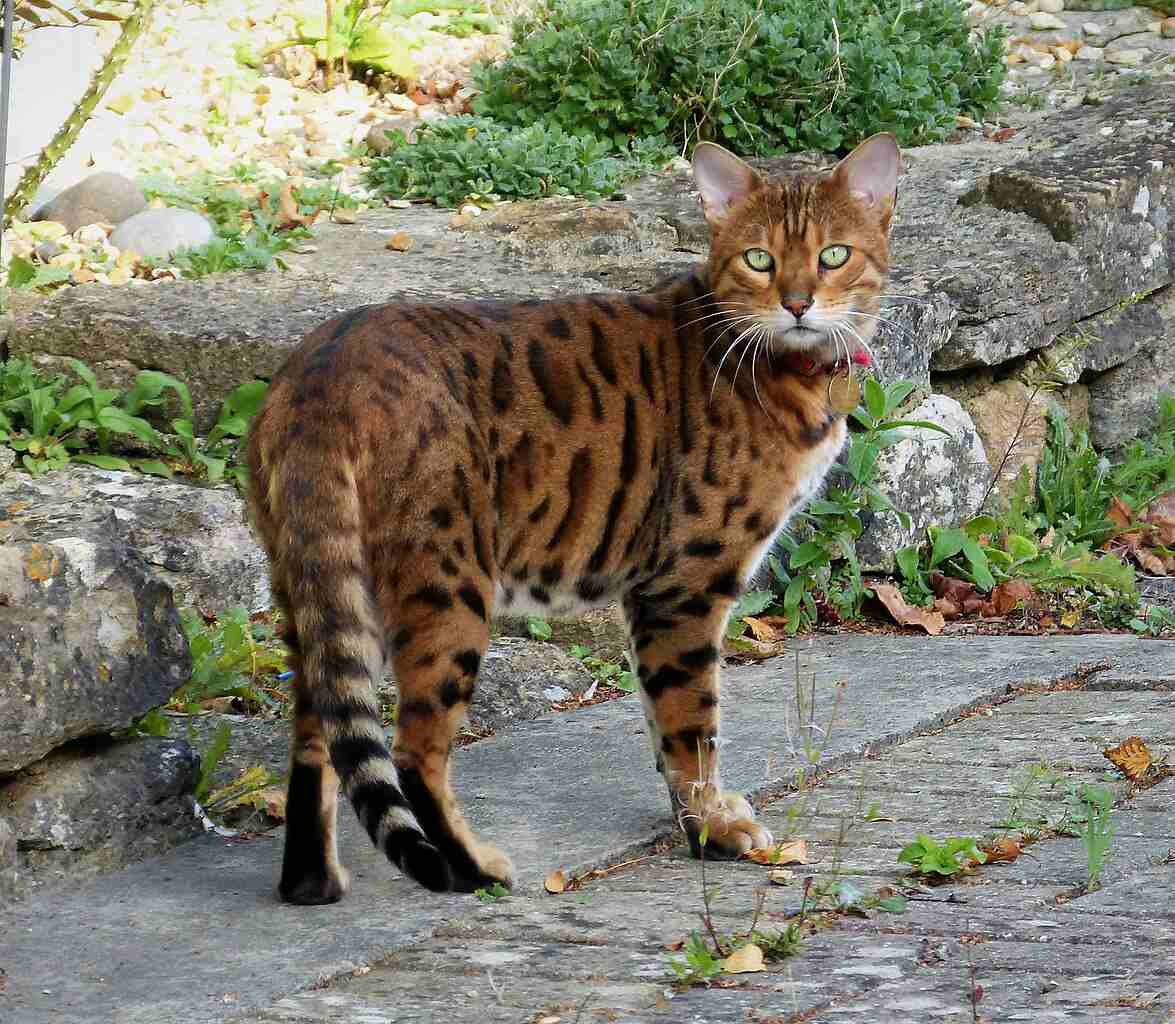
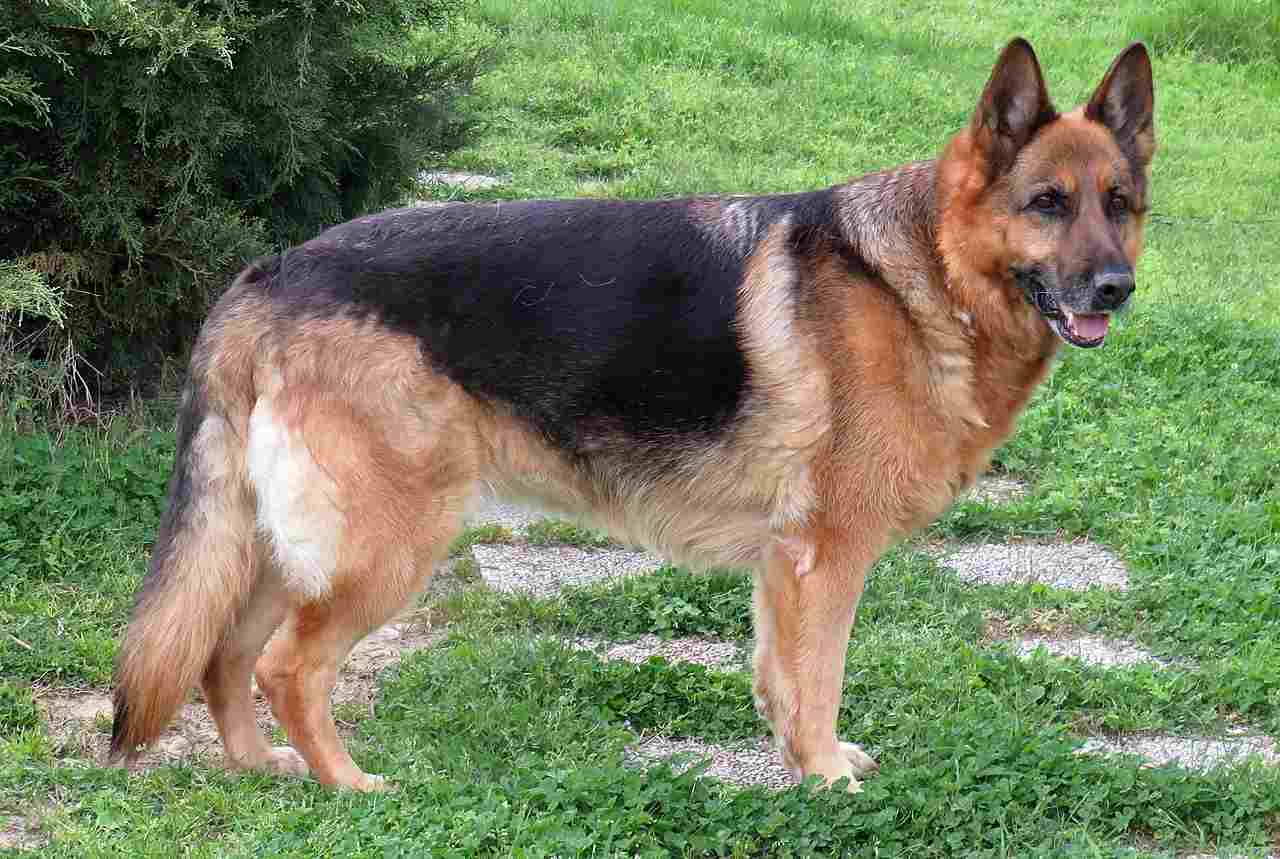
Cat:
Generally sleek and compact body, with retractable claws.
Diverse coat patterns and colors, including short or long fur.
Slit-shaped pupils for better low-light vision.
Dog:
Varied body shapes and sizes, from small breeds to large ones.
Coat types range from short-haired to long-haired, with diverse colors.
Round pupils for a broader range of vision.
Comparison:
Cats tend to have a more uniform body structure, while dogs exhibit significant size and shape variations.
Cat appearance emphasizes agility and predatory adaptations, while dogs show more diversity due to various breeds.
Ecological Implications:
Cat appearances often align with their solitary hunting nature, optimizing for stealth and quick movements.
Dog appearances can be tailored to specific roles (e.g., herding, hunting) based on breed characteristics, influencing their ecological niche.
3. Size:
Cat:
Varied sizes, from small domestic breeds to larger wild species like lions and tigers.
Typically weigh between 5 to 20 pounds (2.3 to 9 kg).
Dog:
Wide size range, from tiny breeds like Chihuahuas to large breeds like Great Danes.
Weight varies greatly, with some breeds as light as 2-5 pounds (1-2.3 kg) and others exceeding 100 pounds (45 kg).
Comparison:
Dogs generally exhibit a broader size spectrum compared to cats, reflecting their domestication for various tasks.
Cat sizes are more compact on average, while dogs can range from miniature to giant breeds.
Ecological Implications:
Size variations in cats cater to different ecological niches, allowing adaptation to various prey sizes.
Dogs’ diverse sizes can result from selective breeding for specific roles, influencing their ecological impact.
4. Weight:
Cat:
Domestic cats typically weigh between 5 to 20 pounds (2.3 to 9 kg).
Wild cat species can weigh significantly more, with lions exceeding 400 pounds (181 kg).
Dog:
Weights vary widely; small breeds can weigh as little as 2-5 pounds (1-2.3 kg), while large breeds may surpass 100 pounds (45 kg).
Comparison:
Domestic cats generally have a more consistent weight range compared to the broader span seen in dogs.
Dogs’ weight diversity is influenced by selective breeding for specific purposes, affecting their role in human environments.
Ecological Implications:
Cat weights are adapted for agility and efficient hunting, while dogs’ weights often align with their roles, such as guarding or herding.
5. Bite Force (PSI):
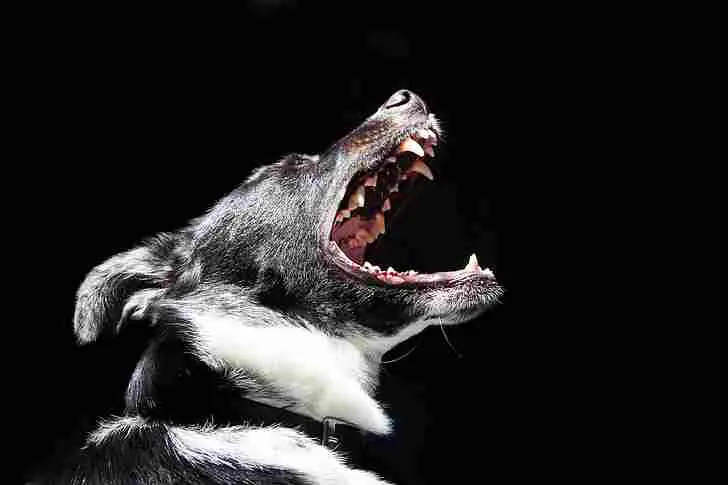
Cat:
Bite force varies among cat species, with domestic cats having a moderate bite force.
Dog:
Bite force varies widely among dog breeds; larger breeds often exhibit stronger bite forces.
Comparison:
Dogs generally have a higher potential for powerful bites, especially in larger breeds, compared to domestic cats.
Cat bite forces are adapted to suit their hunting needs, focusing on precision rather than sheer strength.
Ecological Implications:
Dog bite forces can be an adaptation for hunting, protection, or other roles, influencing their ecological impact.
Cat bite forces are finely tuned for capturing and subduing prey, aligning with their solitary and stealthy hunting behavior.
6. Physical Offensive Advantages:
Cat:
Sharp retractable claws for climbing and grasping prey.
Well-developed predatory instincts, including pouncing and ambushing.
Dog:
Varied offensive capabilities based on breed; some dogs have strong bites, while others rely on speed or endurance.
Domestication has led to specialized roles, such as herding or guarding, influencing offensive traits.
Comparison:
Cats often rely on agility and precision in their offensive tactics, utilizing claws for quick strikes.
Dogs showcase diverse offensive strategies, ranging from powerful bites to strategic herding or chasing.
Ecological Implications:
Cat offensive advantages cater to solitary hunting, allowing them to efficiently capture and subdue prey.
Dog offensive traits are often shaped by selective breeding for specific roles, contributing to their ecological impact.
7. Physical Defensive Advantages:
Cat:
Agility and speed for evading predators or escaping threats.
Ability to climb trees or structures to avoid danger.
Dog:
Defensive mechanisms vary; some breeds use agility, while others rely on size and strength.
Barking and territorial behaviors serve as warning signals, deterring potential threats.
Comparison:
Cats primarily depend on evasion and agility for defense, utilizing their ability to escape to higher ground.
Dogs employ a mix of defensive strategies, from intimidation through size to vocal warnings and, in some cases, protective instincts.
Ecological Implications:
Cat defensive adaptations align with their solitary nature, enabling them to navigate and escape efficiently in various environments.
Dogs’ defensive traits can be influenced by their historical roles, affecting their interactions within ecosystems.
8. Speed (Km/hour or Mile/hour):
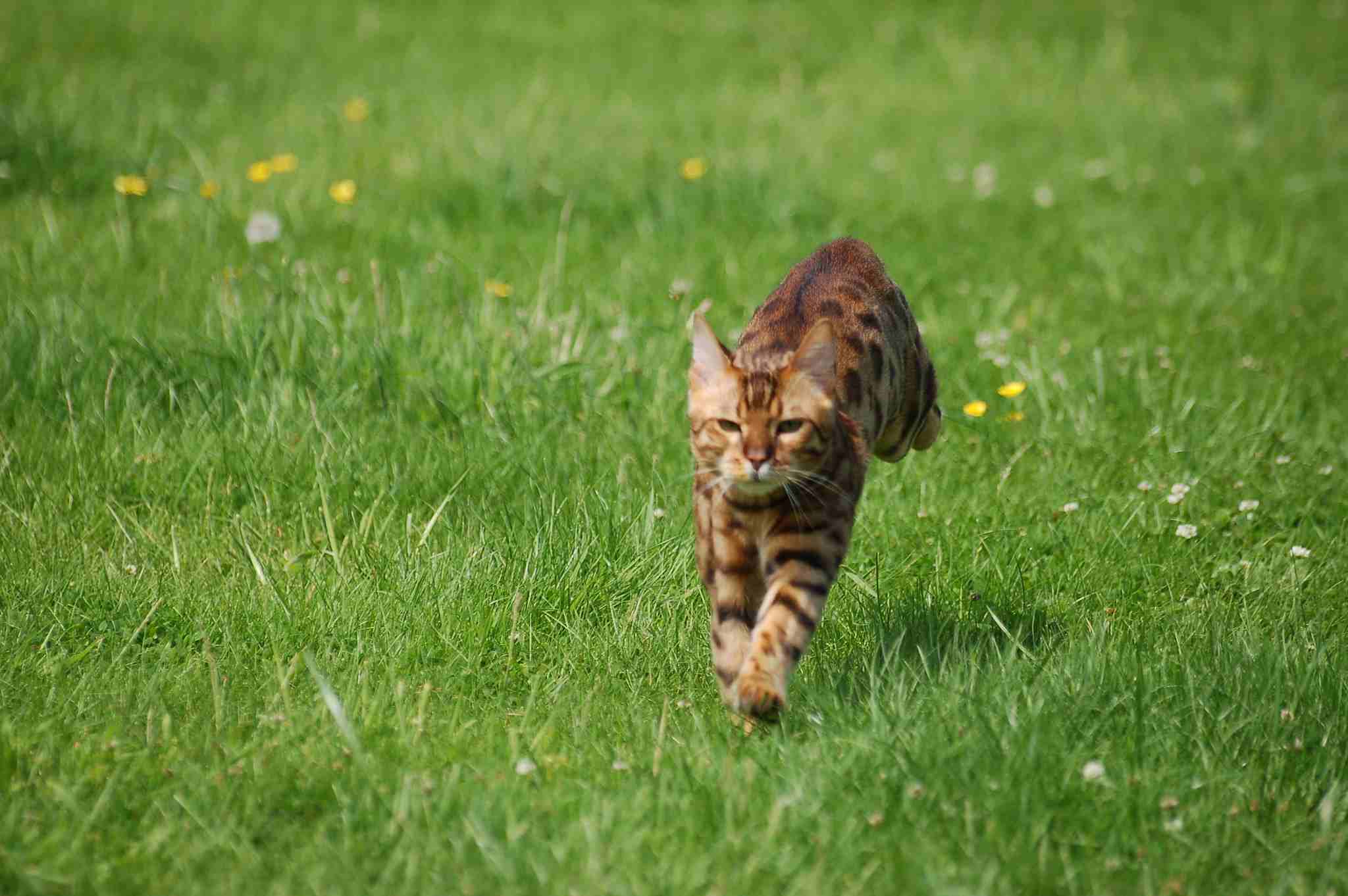
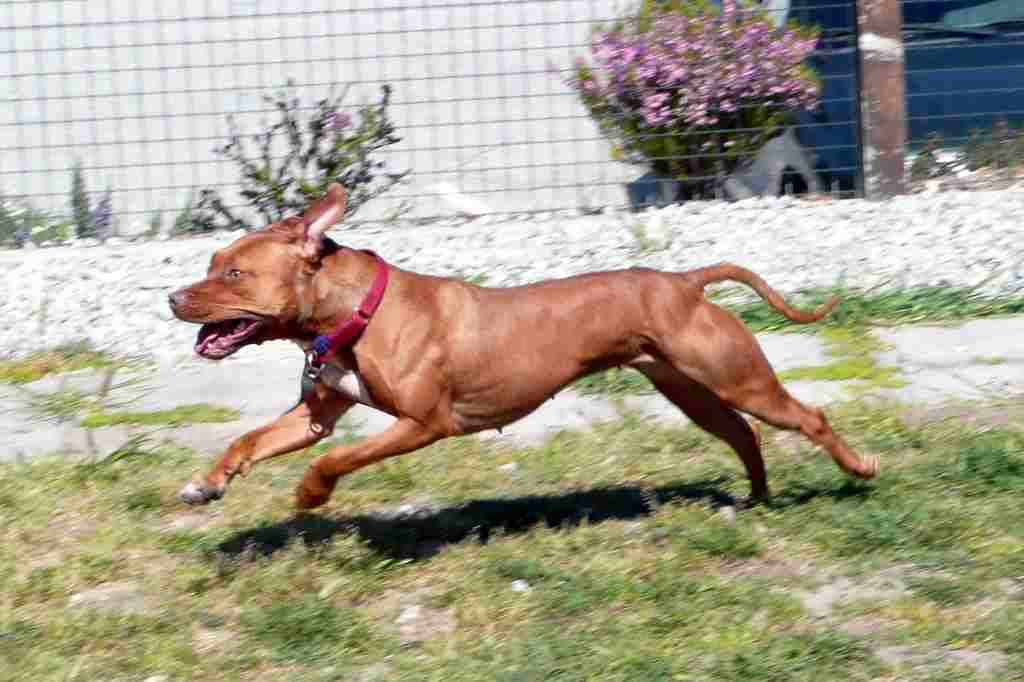
Cat:
Domestic cats can reach speeds of 30 mph (48 km/h) in short bursts.
Wild cat species, like cheetahs, can achieve much higher speeds.
Dog:
Speed varies significantly among breeds; greyhounds, for example, can reach speeds of 45 mph (72 km/h).
Smaller breeds may have higher relative speeds due to their size.
Comparison:
Cats exhibit impressive bursts of speed, especially in hunting situations.
Certain dog breeds are known for sustained high speeds, often linked to their historical roles in activities like hunting or herding.
Ecological Implications:
Cat speed is a crucial adaptation for successful hunting, allowing them to surprise and capture prey.
Dog speed can be linked to their roles in activities such as herding or chasing, influencing their ecological impact.
9. Agility:
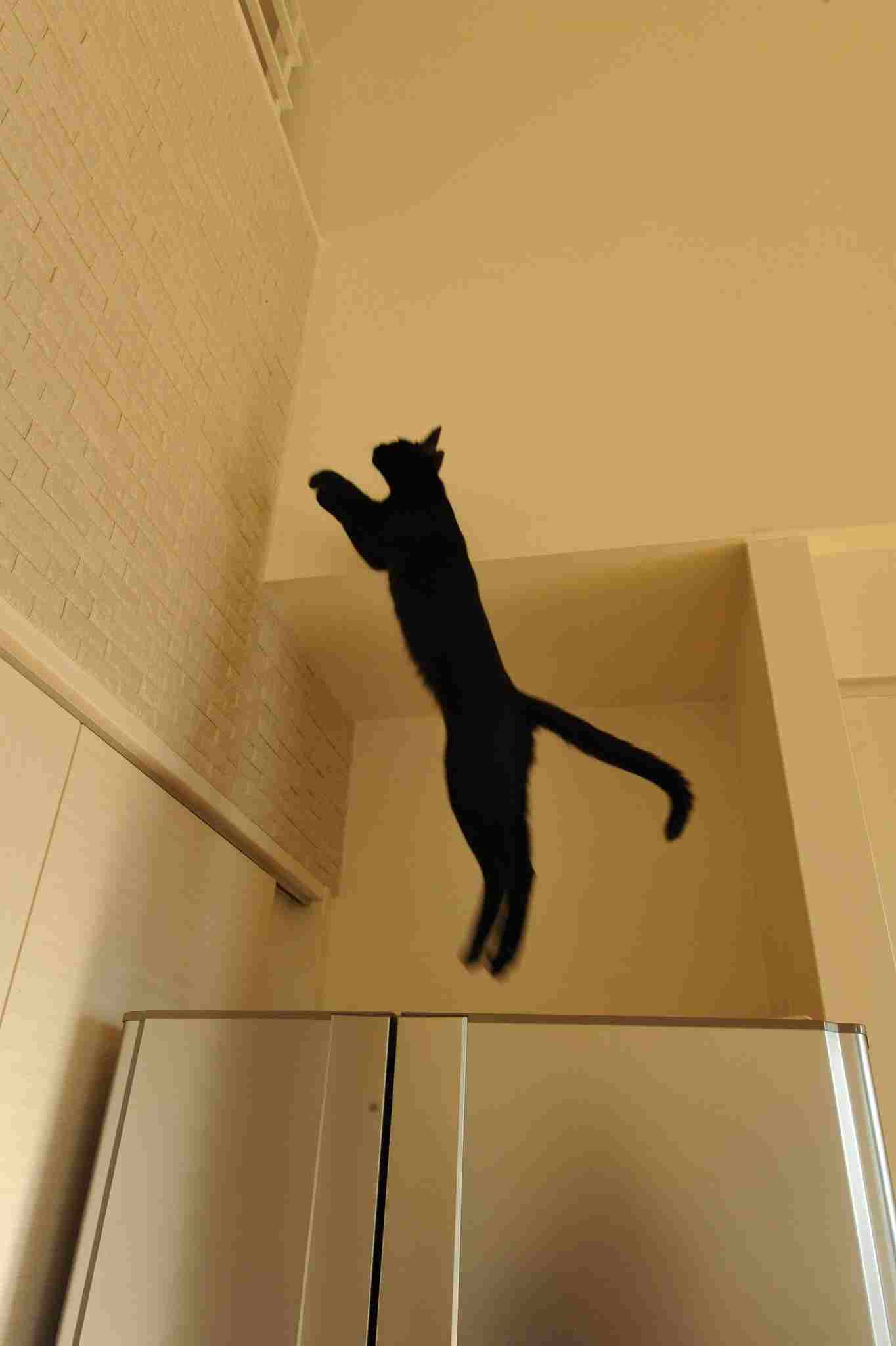
Cat:
Exceptional agility, demonstrated by precise movements, balance, and the ability to land on their feet when falling.
Adaptability to various terrains, climbing trees, and navigating obstacles effortlessly.
Dog:
Agility varies among breeds; some are agile and excel in activities like agility courses, while others may have less pronounced agility.
Domestication has influenced agility traits based on historical roles and activities.
Comparison:
Cats are renowned for their unparalleled agility, a crucial aspect of their hunting and survival strategies.
Dog agility is diverse, reflecting selective breeding for specific tasks, with some breeds excelling in activities like agility competitions.
Ecological Implications:
Cat agility is a key factor in their hunting success, allowing them to navigate varied environments efficiently.
Dog agility can influence their roles in specific tasks, contributing to their ecological impact in various ecosystems.
10. Cat Vs Dog Vision:
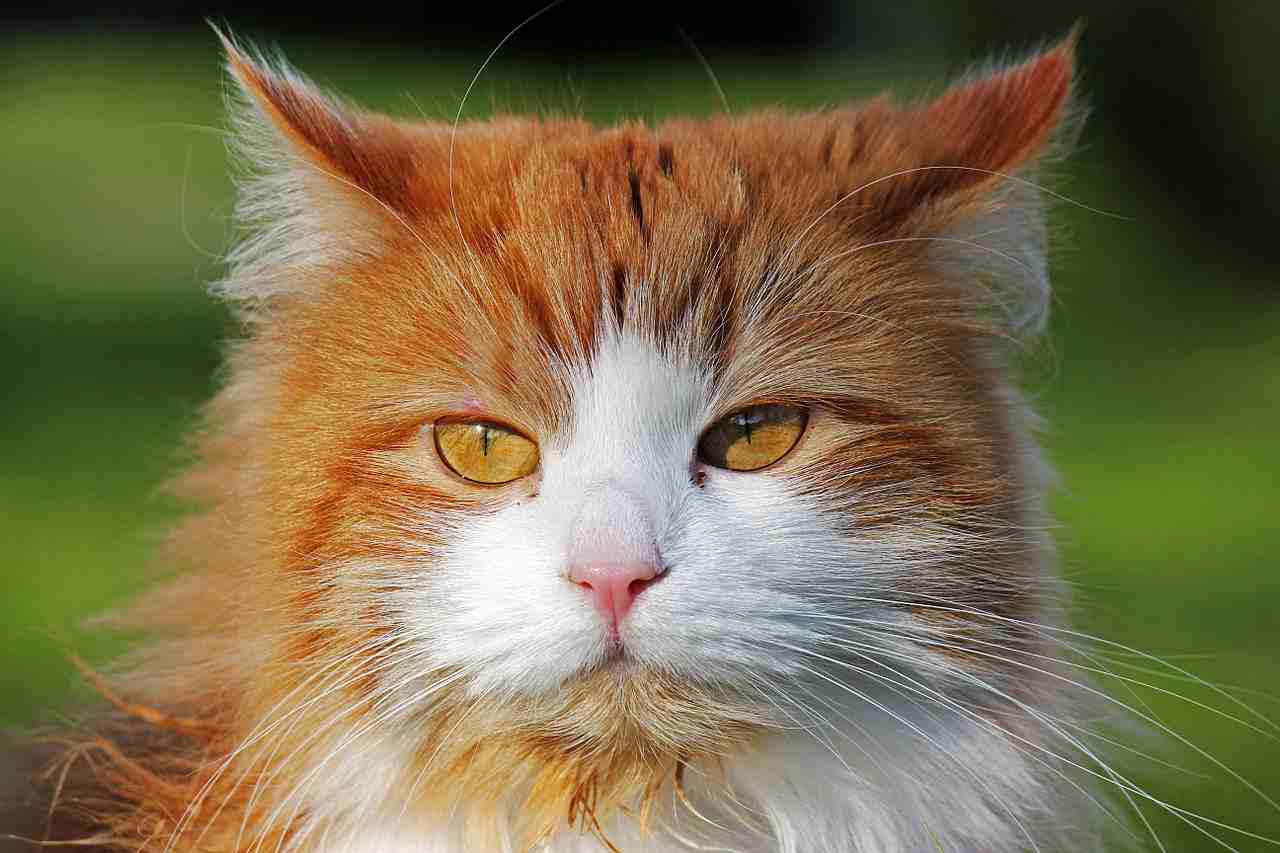

Cat:
Excellent night vision due to a higher number of rod cells in their eyes.
Limited color vision, mostly in the blue and green spectrum.
Dog:
Dichromatic vision, seeing a more limited range of colors (mostly blues and yellows).
Better motion detection and peripheral vision compared to humans.
Comparison:
Cats excel in low-light conditions with superior night vision, aiding their nocturnal hunting behaviors.
Dogs rely on motion detection and enhanced peripheral vision, often advantageous in activities like tracking or guarding.
Ecological Implications:
Cat vision aligns with their predatory nature, providing an advantage in low-light hunting environments.
Dog vision traits are often shaped by their historical roles, contributing to their effectiveness in specific tasks.
11. Cat Vs Dog Hearing:
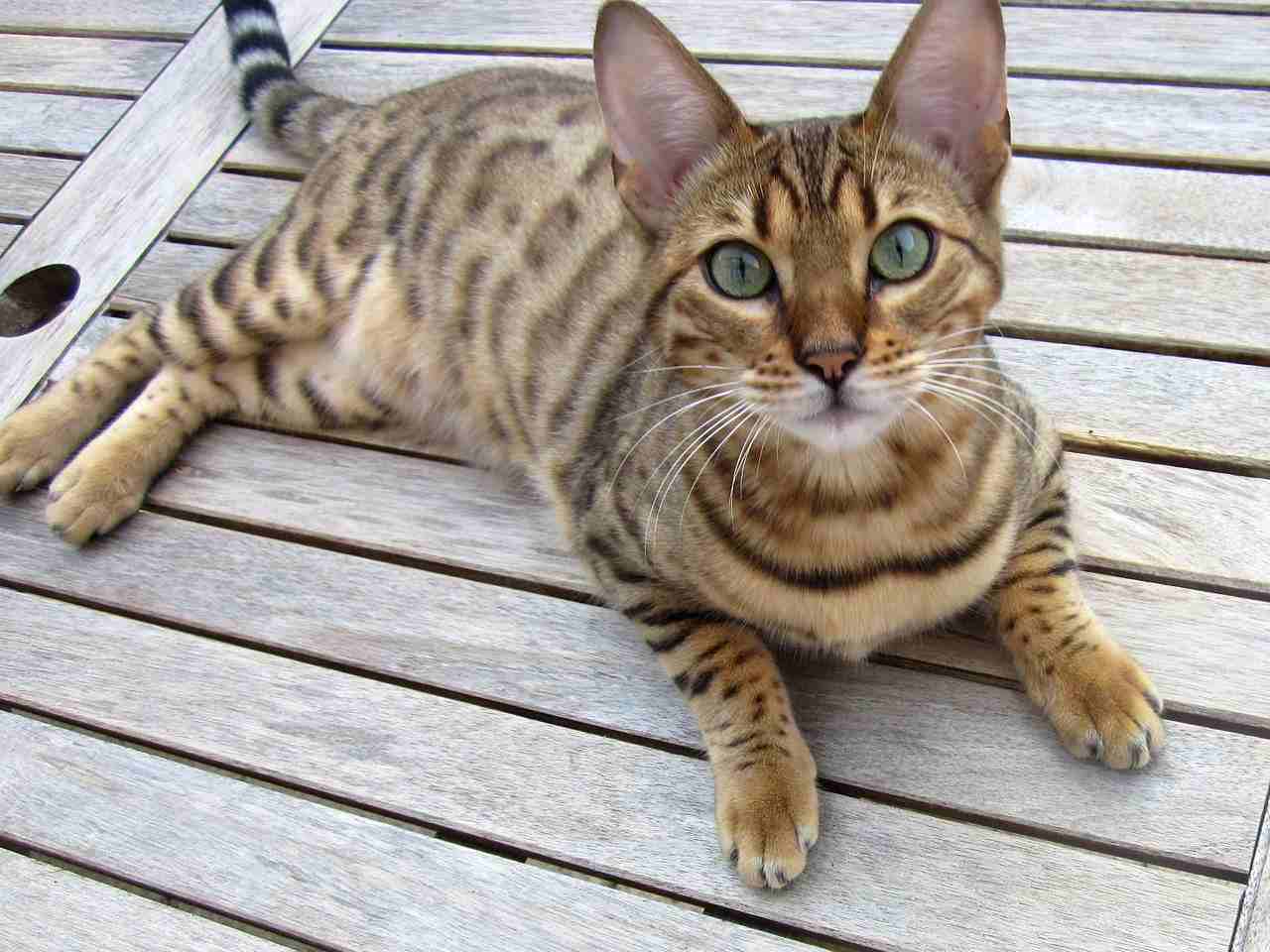
Cat:
Highly sensitive hearing, capable of detecting higher frequencies than humans.
Ears can rotate to pinpoint the source of sounds.
Dog:
Extremely acute hearing, with the ability to hear a broader range of frequencies than humans.
Breeds like hounds have exceptional scent and sound tracking abilities.
Comparison:
Both cats and dogs have superior hearing compared to humans, but dogs often exhibit a broader range of auditory capabilities.
Cat ear movements help them locate prey or potential threats, while certain dog breeds use hearing for tracking or hunting.
Ecological Implications:
Cat hearing aids in detecting subtle sounds, enhancing their hunting efficiency and awareness in their environment.
Dog hearing is often adapted to specific roles, such as tracking, hunting, or alerting to potential dangers, influencing their ecological impact.
12. Cat Vs Dog Sense of Smell:
Cat:
Keen sense of smell used for detecting pheromones, identifying territory, and finding mates.
Not as pronounced as in some dog breeds.
Dog:
Highly developed sense of smell, often exceeding that of humans by thousands of times.
Breeds like bloodhounds are particularly renowned for their olfactory capabilities.
Comparison:
Dogs generally possess a superior sense of smell, crucial for various tasks such as tracking, search and rescue, or detection work.
Cat olfactory senses are still well-developed but may not reach the same level of specialization seen in certain dog breeds.
Ecological Implications:
Dog sense of smell is a significant adaptation for tasks like hunting, tracking, and detection, impacting their ecological role.
Cat olfactory abilities contribute to their communication, mating, and territory establishment in their ecological niche.
13. Overall Physical Capacity:
Cat:
Agile, flexible, and adept climbers with sharp claws for hunting and self-defense.
Well-suited for stalking and ambushing prey with a focus on quick, precise movements.
Dog:
Varied physical capacities based on breeds, including strength, speed, endurance, and specialized skills like herding or guarding.
Domestication has led to diverse traits serving specific roles.
Comparison:
Cats emphasize agility and stealth in their physical capacities, tailored for solitary hunting.
Dogs showcase diverse physical capabilities shaped by selective breeding for various roles, contributing to their versatility.
Ecological Implications:
Cat physical traits align with their solitary hunting nature, enabling efficient predation.
Dog physical capacities are influenced by historical roles, impacting their ecological interactions in diverse environments.
14. Habitat Preference(s):
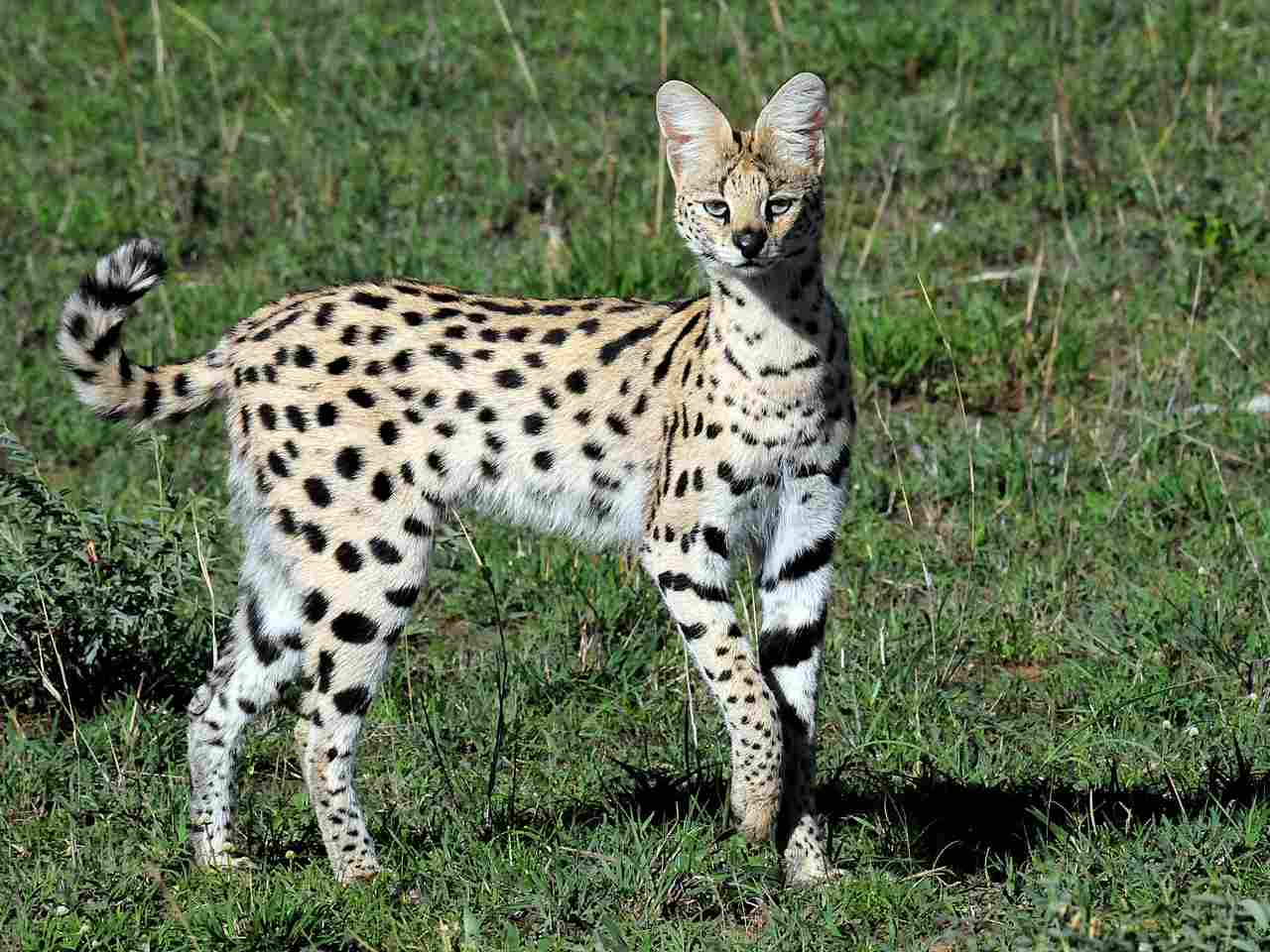
Cat:
Adaptable to various habitats, including urban areas, forests, and grasslands.
Some wild cat species prefer specific environments like deserts or dense jungles.
Dog:
Highly adaptable, with diverse breeds thriving in urban, suburban, and rural settings.
Historical roles influence certain breeds to excel in specific environments (e.g., herding dogs in open fields).
Comparison:
Cats and dogs share adaptability to different habitats, but dog breeds may have more specific preferences based on their roles.
Urbanization has influenced both species, with some adapting well to human-dominated landscapes.
Ecological Implications:
Cat adaptability allows them to coexist with humans in various settings, impacting local wildlife and ecosystems.
Dog adaptability influences their presence in different environments, potentially affecting local fauna and ecosystems.
15. Paws and Tracks:
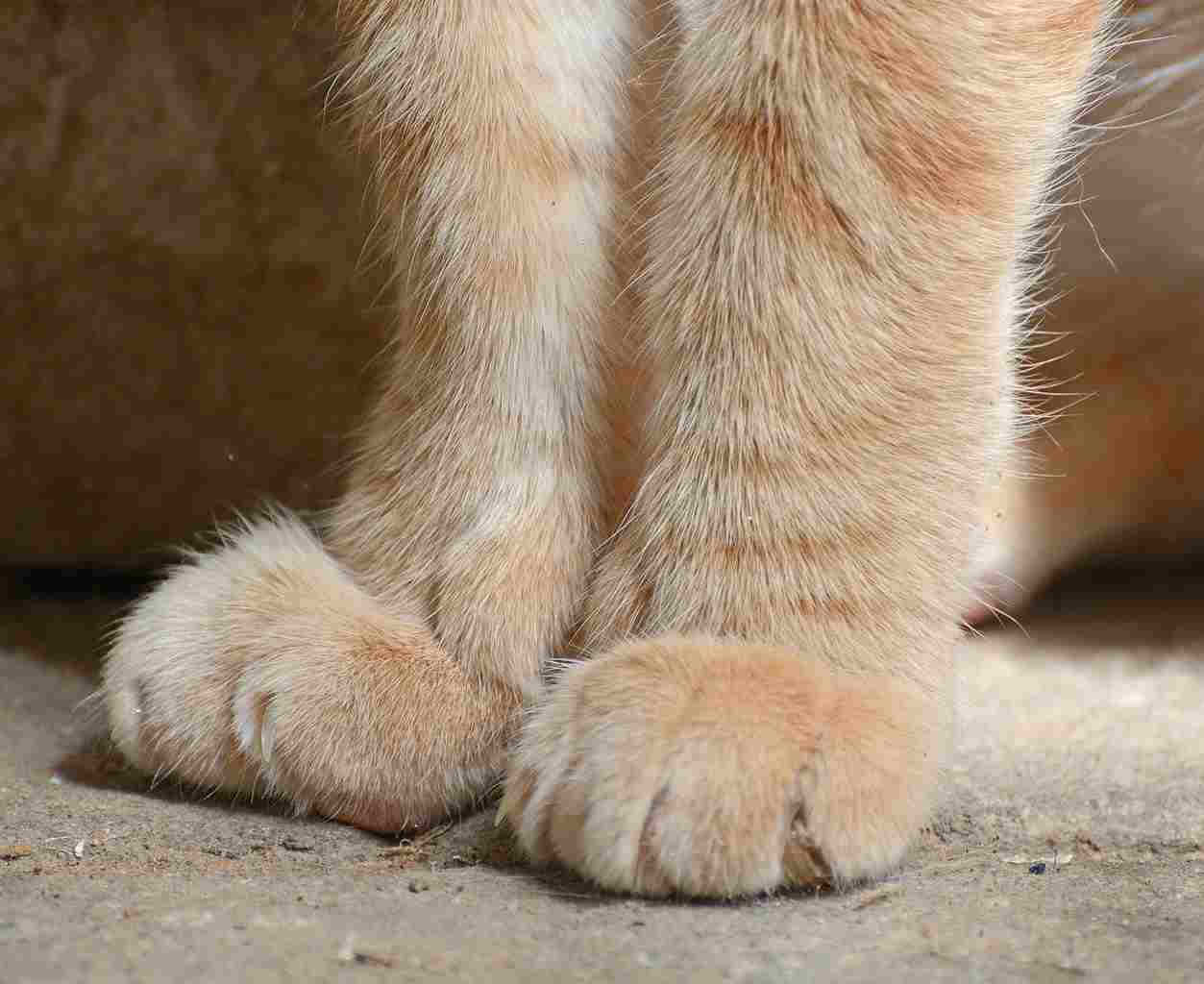
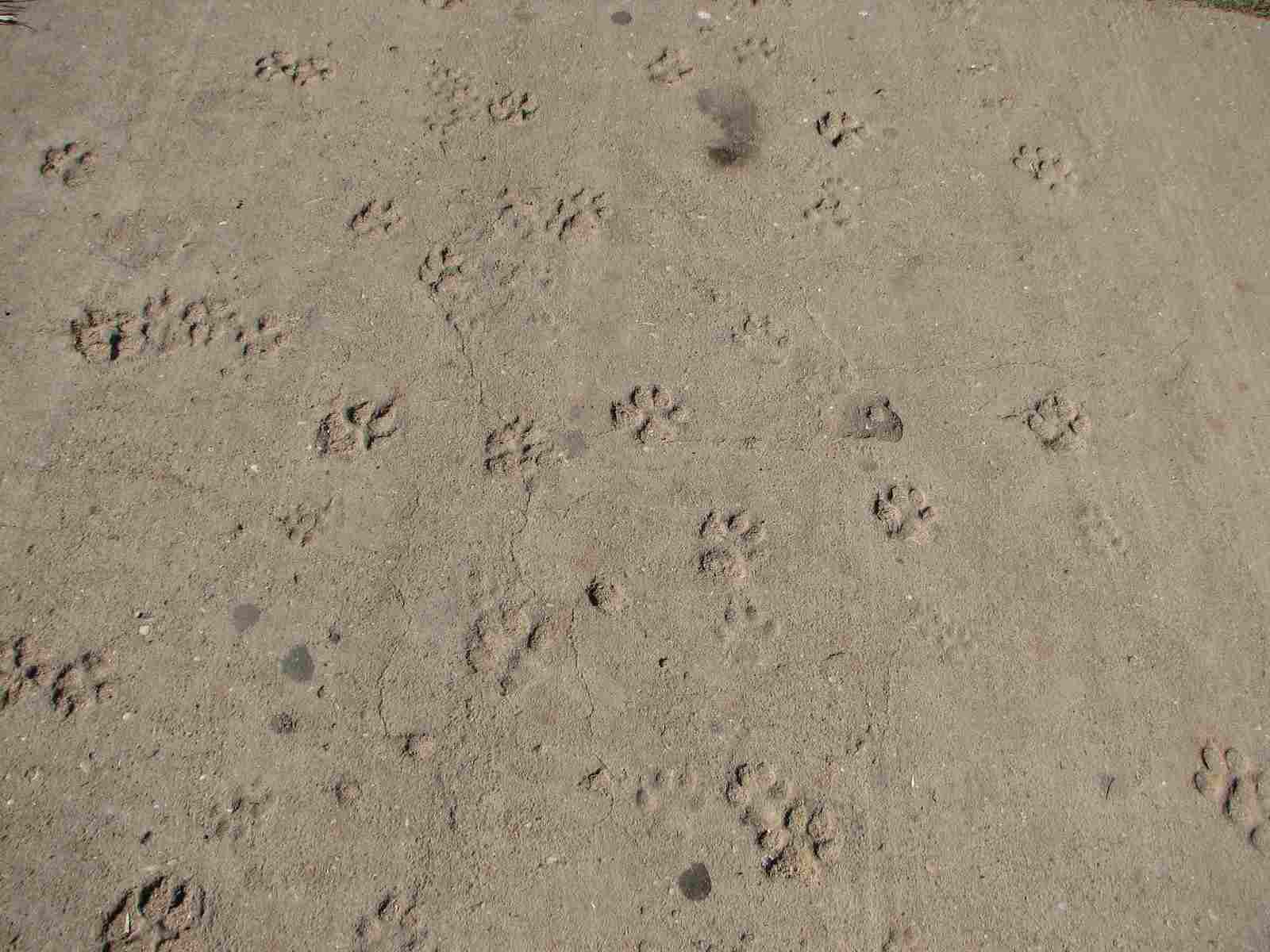
Cat:
Compact, retractable claws aiding in climbing, gripping prey, and self-defense.
Paw pads often have distinctive patterns in domestic cats.
Dog:
Non-retractable claws of varying shapes and sizes, adapted to breed-specific activities.
Paw prints vary significantly among breeds, influenced by size, shape, and purpose.
Comparison:
Cat paws are designed for precision in climbing and hunting, featuring retractable claws.
Dog paw characteristics are diverse, reflecting their roles and activities, with non-retractable claws often adapted for digging or gripping.
Ecological Implications:
Cat paw adaptations align with their solitary hunting behavior, contributing to their efficiency in capturing prey.
Dog paw features are often tailored to breed-specific tasks, influencing their interactions with the environment.
16. Lifespan:
Cat:
Domestic cats typically live 12-18 years, but some can exceed 20 years.
Wild cat species may have shorter lifespans due to predation, disease, or environmental factors.
Dog:
Lifespan varies widely among breeds; small breeds may live 10-15 years, while larger breeds often have shorter lifespans (8-12 years).
Individual factors like genetics, diet, and healthcare also influence lifespan.
Comparison:
Cats generally have longer lifespans, with domestication contributing to improved healthcare and longevity.
Dog lifespans vary significantly, influenced by breed size, genetics, and environmental factors.
Ecological Implications:
Cat lifespans impact their role in ecosystems, potentially influencing local prey populations.
Dog lifespans can affect their contributions to human societies and ecosystems, influencing their ecological footprint.
17. Cat Vs Dog Food/Mode of Feeding:
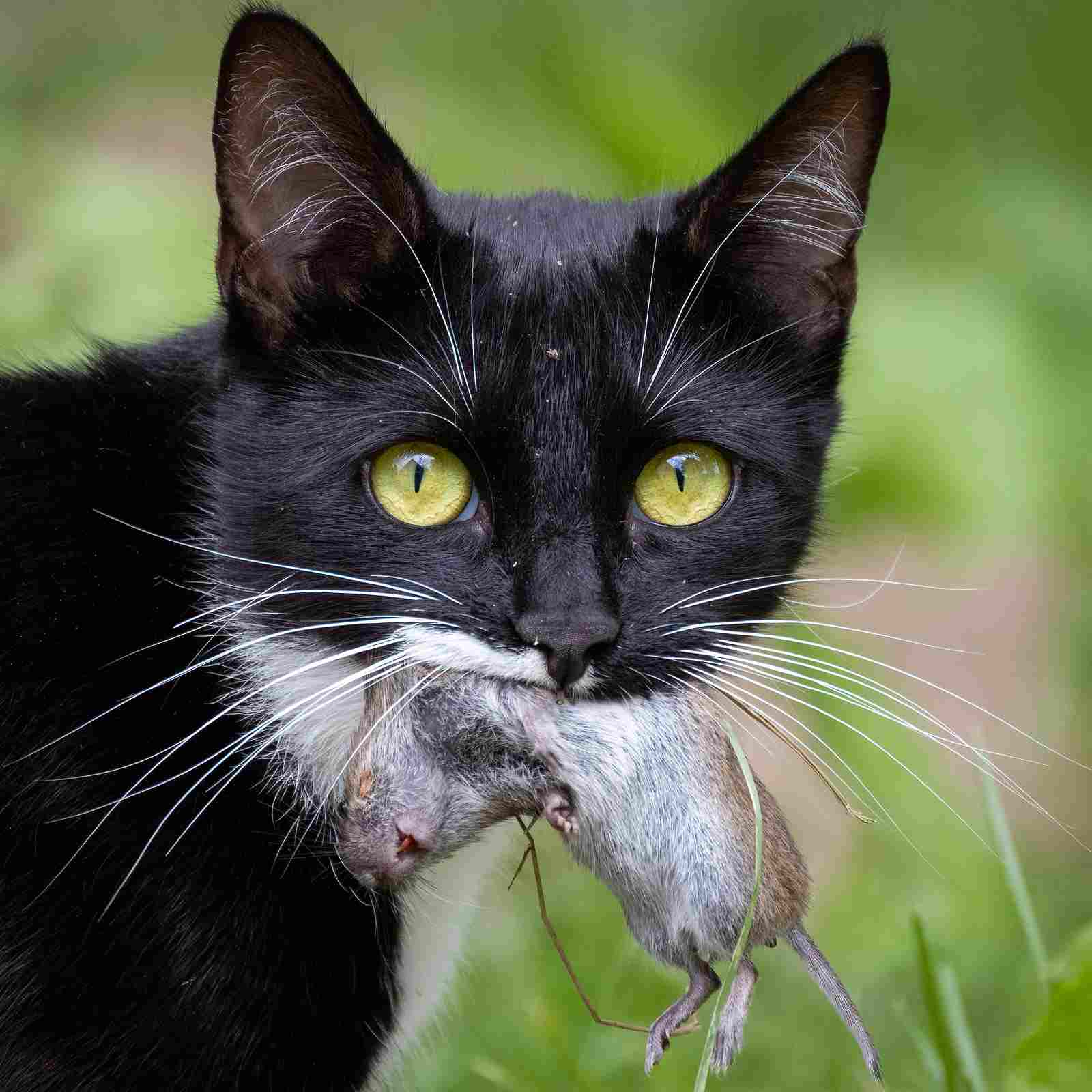

Cat:
Obligate carnivores, requiring a diet high in animal proteins.
Often prefer smaller, frequent meals throughout the day.
Dog:
Omnivores with more flexibility in diet, including animal and plant-based foods.
Some breeds may have specific dietary requirements based on historical roles.
Comparison:
Cats have a strict carnivorous diet, reflecting their predatory nature.
Dogs show dietary versatility, influenced by their domestication and historical roles, allowing them to adapt to various feeding patterns.
Ecological Implications:
Cat dietary preferences impact local prey populations, potentially affecting the balance of ecosystems.
Dog dietary adaptability allows them to coexist with humans, contributing to their versatility in various environments.
18. Cat Vs Dog Intelligence:
Cat:
Exhibit problem-solving skills and memory.
Independent thinkers with a focus on self-sufficiency.
Dog:
Varied intelligence among breeds, with some excelling in tasks like obedience, problem-solving, or specialized roles.
Strong social intelligence, often forming close bonds with humans.
Comparison:
Cats demonstrate intelligence in navigating their environment, problem-solving, and exhibiting independence.
Dogs showcase diverse intelligence, with certain breeds excelling in obedience, learning tasks, and displaying strong social bonds.
Ecological Implications:
Cat intelligence aids in their solitary hunting strategies, adapting to various environments.
Dog intelligence, shaped by selective breeding, influences their roles in human-inhabited areas and specific tasks.
19. Cat Vs Dog Personality Traits and Behavior:
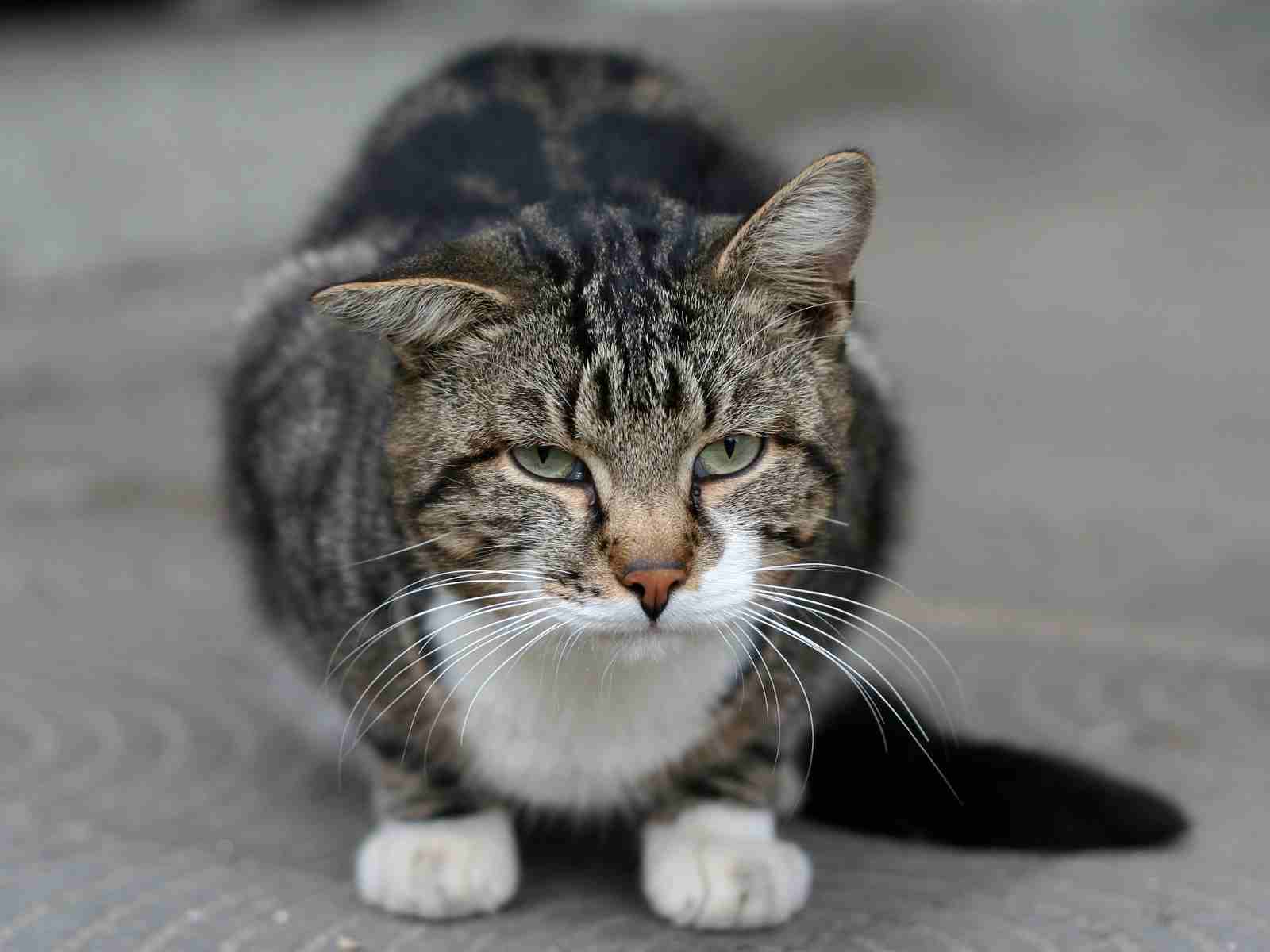
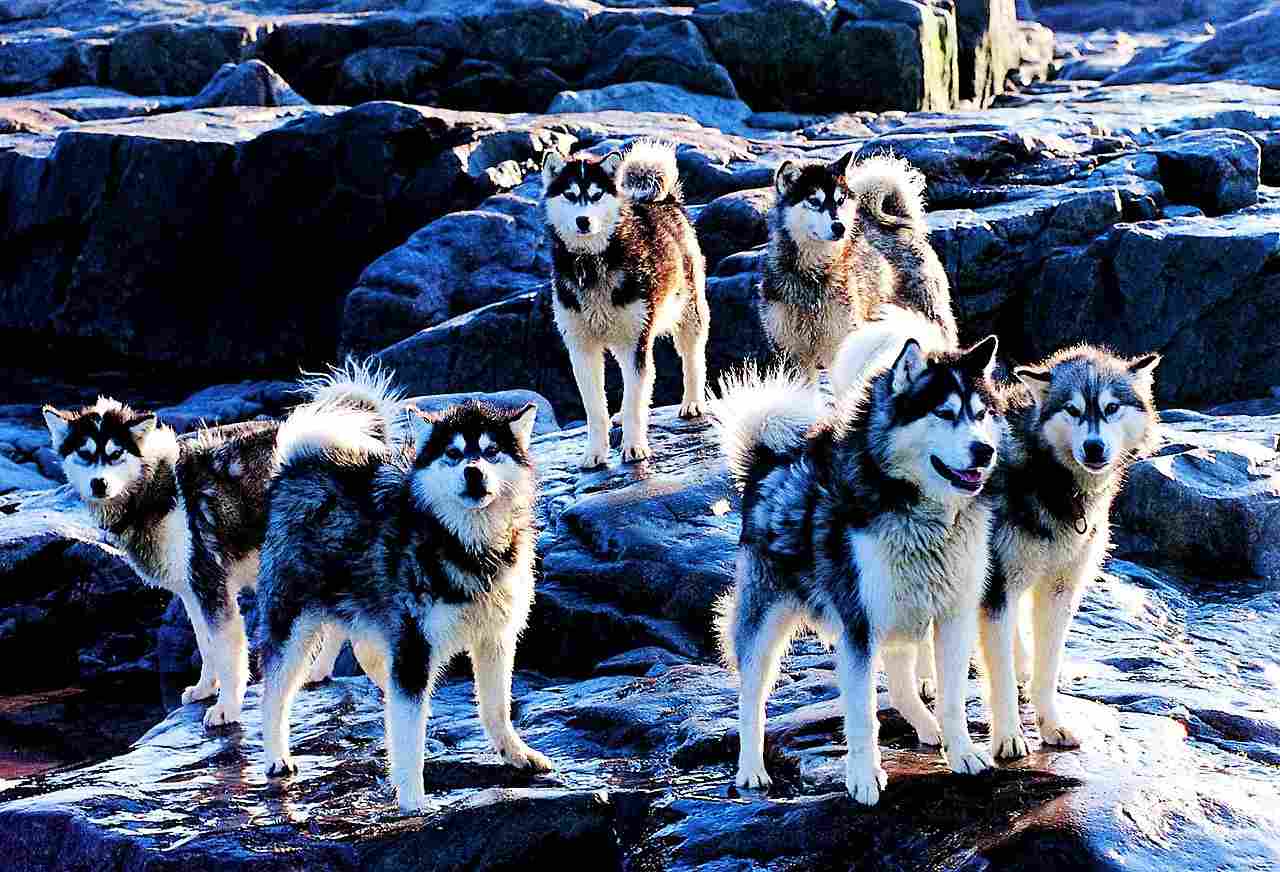
Cat:
Independent and territorial, often displaying aloofness.
Affectionate in their own terms, enjoying solitary play and grooming.
Dog:
Social animals with strong pack instincts.
Exhibit loyalty, affection, and a wide range of personalities based on breeds and individual experiences.
Comparison:
Cats are known for their independent and sometimes aloof nature, forming more selective bonds.
Dogs generally display a more social and loyal behavior, often forming strong connections with their human companions.
Ecological Implications:
Cat behaviors align with their solitary hunting nature, influencing their interactions with other animals in their environment.
Dog social behaviors contribute to their roles in human societies, impacting their ecological impact in various settings.
20. Mode of Reproduction:
Cat:
Polyestrous reproductive cycle, capable of frequent mating throughout the breeding season.
Gestation period lasts around 63-65 days, and cats can give birth to multiple kittens in a single litter.
Dog:
Monoestrous reproductive cycle, typically coming into heat once or twice a year.
Gestation period varies among breeds, lasting around 58-68 days, and litter sizes vary based on breed and individual factors.
Comparison:
Cat reproductive cycles allow for more frequent breeding opportunities, contributing to their potential for higher populations.
Dog reproductive cycles are less frequent, affecting the timing and size of litters, which can vary significantly among breeds.
Ecological Implications:
Cat reproductive characteristics can influence their population dynamics and impact local wildlife in certain environments.
Dog reproductive traits contribute to the controlled breeding practices in domestic settings, affecting their role in human societies.
21. Parental Behavior:

Cat:
Generally independent maternal behavior, with mother cats providing care and protection for their kittens.
Kittens learn hunting and social behaviors through maternal guidance.
Dog:
Varied parental behaviors; some breeds exhibit strong maternal instincts, while others may rely on human intervention for care.
Puppies learn social and survival skills through interactions with their mother and littermates.
Comparison:
Cat maternal behavior emphasizes independence, with mothers guiding kittens in essential survival skills.
Dog parental behaviors vary, with some breeds showcasing strong maternal instincts, contributing to the upbringing of their offspring.
Ecological Implications:
Cat parental behaviors impact the survival and development of their offspring, contributing to the stability of feral cat populations.
Dog parental behaviors influence the socialization and survival skills of puppies, contributing to their adaptability in various human-inhabited settings.
22. Proximity to Human-Inhabited Areas:
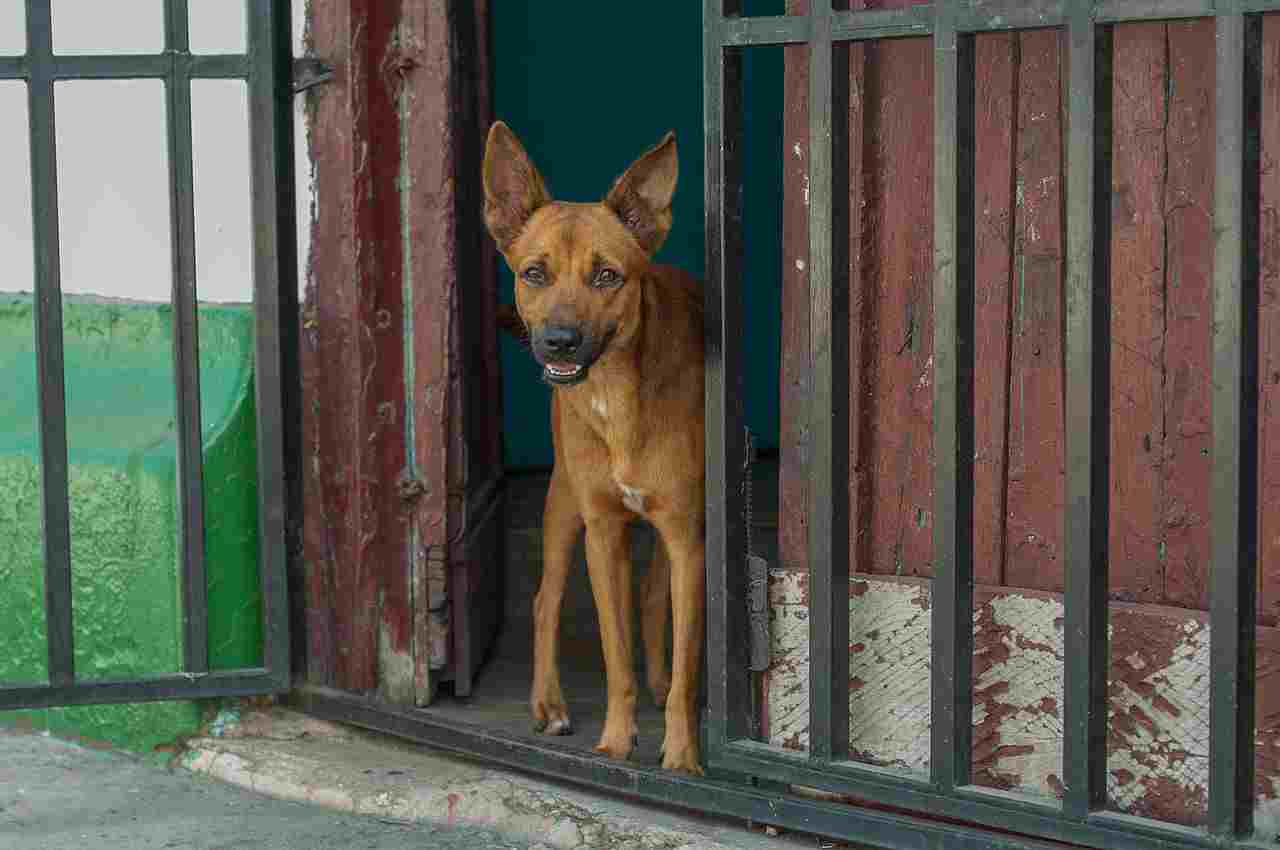
Cat:
Highly adaptable to living in close proximity to humans.
Often found in urban and suburban areas, forming feral populations.
Dog:
Domestication has led to a strong affinity for living alongside humans.
Varied roles include companionship, working, and guarding, contributing to their widespread presence in human communities.
Comparison:
Cats and dogs both exhibit a close association with human-inhabited areas, often fulfilling roles as companions or workers.
Urbanization has influenced the coexistence of both species, with adaptations to living in close proximity to human communities.
Ecological Implications:
Cat populations in human areas may impact local wildlife and ecosystems, especially in regions with feral cat colonies.
Dogs, as human companions, contribute to various roles in human societies, influencing their ecological footprint in urban and suburban environments.
23. Behavior Toward Humans:
Cat:
Independent yet affectionate behavior, forming bonds on their terms.
Communication includes purring, meowing, and body language to convey emotions.
Dog:
Social animals with strong bonds to humans, often displaying loyalty and affection.
Varied communication methods, including barking, whining, and body language to express emotions and needs.
Comparison:
Cats often display more independent behavior, forming selective bonds with humans.
Dogs are known for their social nature, forming close and loyal relationships with their human companions.
Ecological Implications:
Cat behavior toward humans influences their roles in domestic settings and potentially impacts local wildlife.
Dog behavior toward humans contributes to their roles as companions, workers, and guardians, shaping their ecological interactions.
24. Suitability as a Pet:


Cat:
Well-suited as independent companions with lower maintenance needs.
Some breeds may be more adaptable to apartment living.
Dog:
Varied suitability based on breed, size, and energy level.
Dogs often require more attention, exercise, and training, with diverse breeds fitting different lifestyles.
Comparison:
Cats are generally more independent and adaptable to various living situations, requiring less direct attention.
Dogs have diverse suitability, with some breeds requiring extensive exercise and social interaction, while others are more low-maintenance.
Ecological Implications:
Cat suitability as pets may impact their presence in human households and local ecosystems, especially if they roam outdoors.
Dog suitability as pets contributes to their roles in human communities, affecting their ecological footprint based on factors like size, breed, and lifestyle.
25. Danger Posed to Humans:
Cat:
Domestic cats pose minimal danger to humans; scratches and bites may occur during play or in self-defense.
Some wild cat species can pose threats if encountered in their natural habitats.
Dog:
Danger varies among breeds; most dogs pose little threat when well-socialized and trained.
Larger or more aggressive breeds may pose risks if not properly managed or trained.
Comparison:
Cats generally pose minimal danger to humans, with domestication reducing potential risks.
Dogs have a wider range of potential danger, influenced by breed characteristics, size, and individual temperament.
Ecological Implications:
Minimal danger posed by cats to humans contributes to their roles as popular pets, potentially impacting local wildlife.
Dog danger factors, especially in larger or more aggressive breeds, can influence their suitability as pets and their interactions within human communities.
26. Associated Precautions:
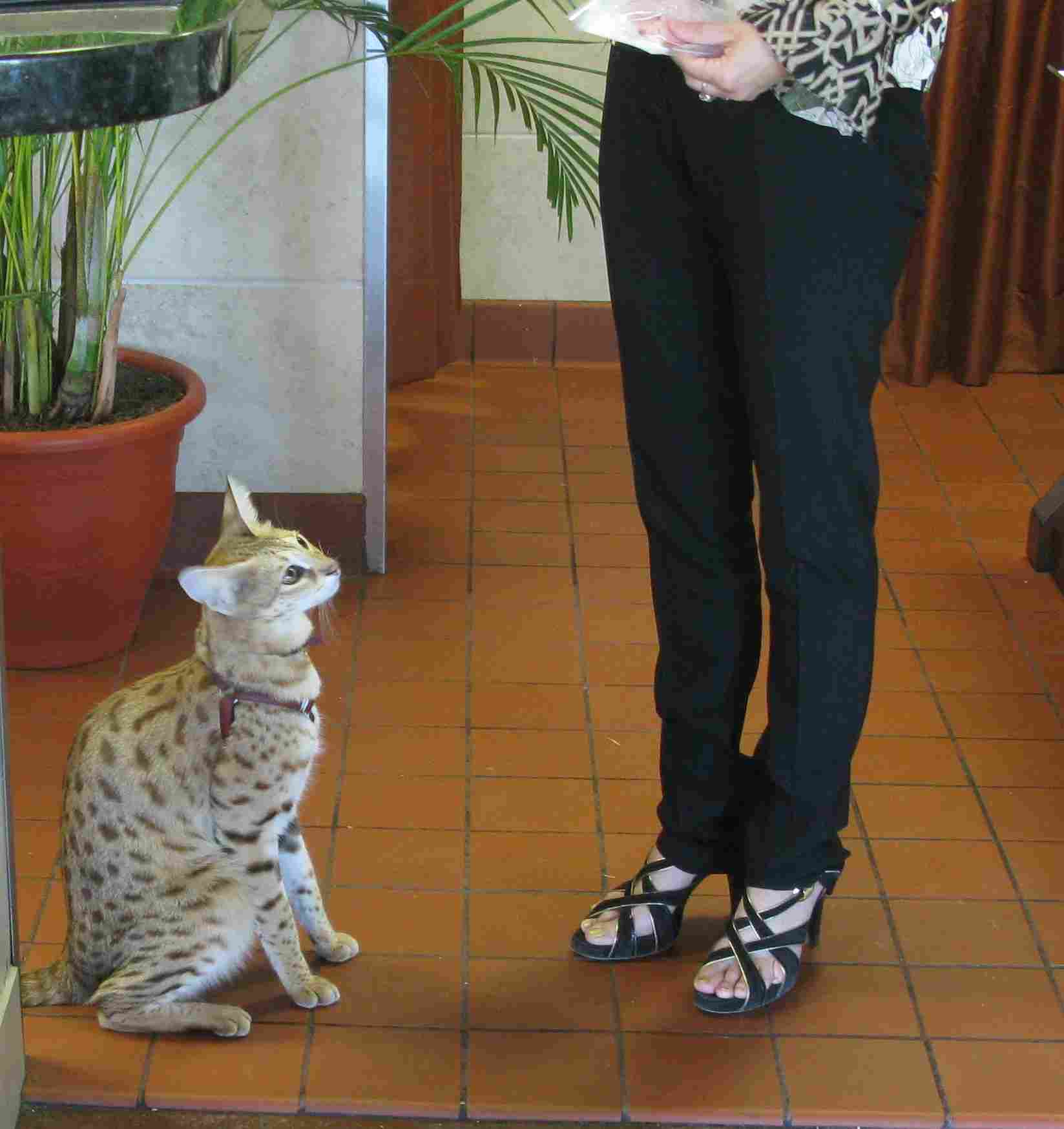
Cat:
Basic precautions include providing proper veterinary care, spaying/neutering, and addressing potential behavior issues.
Outdoor cats may benefit from measures to reduce their impact on local wildlife.
Dog:
Precautions include training, proper socialization, and responsible ownership, particularly in densely populated areas.
Breeds with specific needs (e.g., high exercise requirements) require careful consideration of living arrangements.
Comparison:
Both cats and dogs require responsible ownership, including medical care, training, and attention to individual needs.
Precautions may differ based on species, breed, and living situations, with an emphasis on minimizing potential risks and ensuring the well-being of the animals.
Ecological Implications:
Responsible ownership practices for both cats and dogs contribute to minimizing their impact on local ecosystems and promoting harmonious coexistence with wildlife.
Summary and Conclusion
I. Similarities:
Both belong to the kingdom Animalia, class Mammalia, and order Carnivora.
Adaptability to various habitats, including urban and suburban areas.
Close association with humans, serving roles as companions and workers.
Require responsible ownership, including veterinary care and proper training.
Impact on local ecosystems and wildlife, especially in human-inhabited areas.
II. Differences:
Taxonomy:
Cats belong to the family Felidae, genus Felis, species like Felis catus.
Dogs belong to the family Canidae, genus Canis, species like Canis lupus familiaris.
Appearance:
Cats emphasize sleekness and diverse coat patterns; dogs exhibit a broader range of body shapes and sizes.
Size:
Cats generally have a more compact size range; dogs display a wider spectrum from tiny to giant breeds.
Weight:
Cats have a more consistent weight range; dogs’ weights vary widely, influenced by breed and size.
Bite Force (PSI):
Dogs generally have a higher potential for powerful bites, especially in larger breeds.
Physical Offensive Advantages:
Cats rely on agility and precision; dogs showcase diverse offensive strategies.
Physical Defensive Advantages:
Cats depend on evasion and agility; dogs employ a mix of defensive strategies.
Speed (Km/hour or Mile/hour):
Cats exhibit impressive bursts of speed; certain dog breeds are known for sustained high speeds.
Agility:
Cats are renowned for unparalleled agility; dogs showcase diverse agility, influenced by breed and historical roles.
Cat Vs Dog Vision:
Cats excel in night vision; dogs have dichromatic vision with better motion detection.
Cat Vs Dog Hearing:
Both have superior hearing; cats’ ear movements aid in locating prey, while certain dog breeds use hearing for tracking.
Cat Vs Dog Sense of Smell:
Dogs generally possess a superior sense of smell; cat olfactory abilities contribute to communication and territory establishment.
Overall Physical Capacity:
Cat physical traits align with solitary hunting; dog physical capacities are diverse, influenced by selective breeding.
Habitat Preference(s):
Both are adaptable to various habitats, but certain dog breeds may have more specific preferences.
Paws and Tracks:
Cat paws are designed for precision and climbing; dog paw features are diverse, reflecting breed-specific activities.
Lifespan:
Cats generally have longer lifespans; dog lifespans vary significantly based on breed size and genetics.
Cat Vs Dog Food/Mode of Feeding:
Cats have a strict carnivorous diet; dogs showcase dietary versatility, influenced by domestication and historical roles.
Intelligence:
Cats exhibit problem-solving skills and independence; dogs showcase diverse intelligence, influenced by breed and social bonds.
Personality Traits and Behavior:
Cats are independent and selective; dogs are social, loyal, and exhibit diverse personalities.
Mode of Reproduction:
Cats have a polyestrous cycle; dogs have a monoestrous cycle with less frequent reproductive opportunities.
Parental Behavior:
Cat maternal behavior emphasizes independence; dog parental behaviors vary, with some breeds showcasing strong maternal instincts.
Proximity to Human-Inhabited Areas:
Both are highly adaptable to living alongside humans, with variations based on roles and breeds.
Behavior Toward Humans:
Cats often display independent behavior; dogs are known for social bonds and loyalty.
Suitability as a Pet:
Cats are generally more independent; dogs have diverse suitability based on breed, size, and energy level.
Danger Posed to Humans:
Cats pose minimal danger; dogs’ danger varies with factors like size, breed, and temperament.
Associated Precautions:
Both require responsible ownership practices, including medical care, training, and attention to individual needs.




